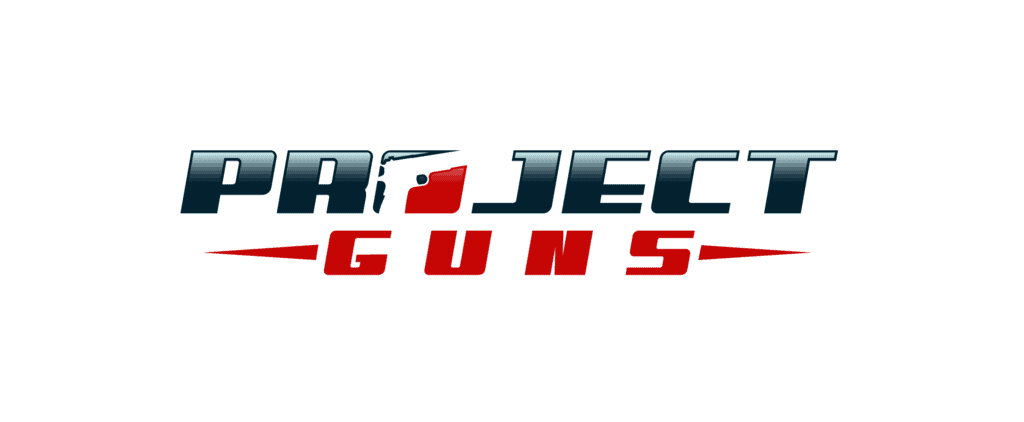This tutorial will take you through all the steps to do a parkerized finish on your guns. If you
follow the instructions you will achieve professional, consistent results.
This is a 4 step process and each step will be explained in detail, along with the necessary
supplies and equipment.
- De greasing
- Surface preparation
- Parkerizing
- Post black
De greasing
De greasing your parts is the most important step not only for a good finish but to prevent
contaminating your blast media and chemicals. The chemicals are expensive and can be
reused for a large quantity of parts as long as they are kept oil free. The most common
source of oil contamination is dried grease and oil that is between surfaces, such as under
the bullet guide on an AK trunnion. When the part is put into the hot parkerizing solution the
oil seeps out and contaminates the chemicals. For this reason it is best to do a hot degrease
by boiling the parts in a de greasing solution.
An excellent product to use is the ZEP purple de greaser. It is mixed with water and is non
toxic. It is readily available at Home Depot, Lowes and most hardware stores. You will need
a metal container big enough for your parts and a burner to heat the solution. After stripping
all the parts boil them in the solution until they are clean. If the parts are really greasy
change the solution and do them a second time. Rinse them with water. Once the parts are
clean you are ready for surface preparation.
Surface preparation
Parkerizing is an electro chemical reaction that needs fresh, clean metal to get a good
reaction. Abrasive blasting is used to prepare the surface, it removes the outer skin and also
eliminates scratches and grinding marks. There are several types of blast media available.
The media comes in various grit sizes and #80 is a good choice for gun parts.
- Glass beads, are a common media, however due to their spherical shape they are not
really good for surface preparation for parkerizing. Due to their shape they peen the surface
rather than cut. Beads also have a short life as they tend to break up fast resulting in a lot of
dust. - Ground glass, this is a take off on glass beads, it has sharp edges and is a more
aggressive than beads. I haven’t tried this on steel but it would be good for softer materials
where a cutting action is desired. - Sand blast sand, this is sand that has been graded for uniform grain size and is meant
specifically for blasting. It is cheap and an aggressive media. It also has a short life as the
grains break up quickly. Construction sand and sand box sand are not for blasting. There is
no uniformity in the grain size and will not produce an even finish and if it is to coarse
damage your parts. - Aluminum Oxide, is a very aggressive media. It is a little more expensive but has the
advantage of long life which makes it cheaper in the long run as long as you keep it clean. It
does a good job on gun parts that have been heat treated. You can also mix some glass
beads with this to give a less textured surface. Another advantage to aluminum oxide is that it
will cut good at lower pressure, easing the load on your compressor.
Nozzles for blast guns come in steel, ceramic and carbide. Carbide will last the longest with
ceramic coming in second. The ceramic nozzles are a lot cheaper than carbide.
I have found that it is a good idea to pre blast your parts before assembly. When I do an AK
type gun I blast the trigger guard, trunnions and inside the receiver as well as the area where
the trigger guard goes. This will make it a lot easier to blast the finished receiver as these
parts with all the nooks and crannies will be done and only require a light blast in the end.
It is important to blast your parts from several directions, specially around rivet heads to
prevent shadows, that will show up in the parkerizing as light areas. It is best to do a small
area at a time then when you are done go over the whole part to make it even.
Once the parts are blasted it is important not to touch them with your bare hands or oily
tongs. Once the parts are blasted they should be put into the tank as soon as possible.
You can get a decent blast cabinet from Harbor Freight for under $100.00 or a much better
one for less than $200.00
All you really need to add to it is a light and a pressure regulator, an optional but useful item
is a filter separator for the air line. It will remove water from your air and keep the media dry
and free flowing.
Remember to NEVER put greasy, oily parts in the blast cabinet!!
